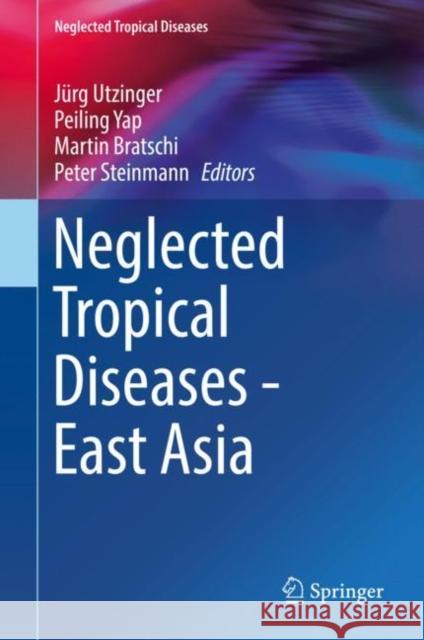Neglected Tropical Diseases - East Asia » książka
topmenu
Neglected Tropical Diseases - East Asia
ISBN-13: 9783030120061 / Angielski / Twarda / 2019 / 173 str.
Kategorie:
Kategorie BISAC:
Wydawca:
Springer
Seria wydawnicza:
Język:
Angielski
ISBN-13:
9783030120061
Rok wydania:
2019
Wydanie:
2019
Ilość stron:
173
Waga:
0.43 kg
Wymiary:
23.39 x 15.6 x 1.12
Oprawa:
Twarda
Wolumenów:
01
Dodatkowe informacje:
Wydanie ilustrowane











